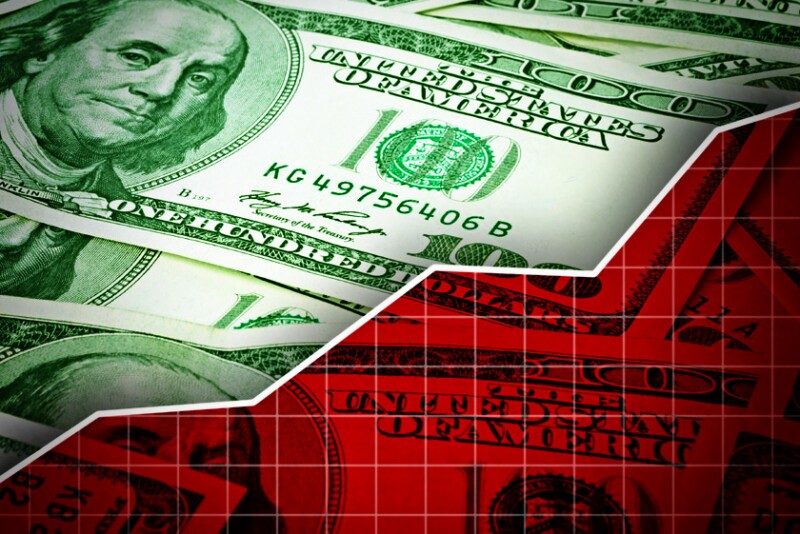The U.S. last week reported that in the final quarter of last year, real GDP growth was at a rate of 3.3%, while inflation was at a rate of 1.5%. This growth was primarily driven by government spending and inventory investment. However, expectations for the current quarter suggest slower economic growth and continued low inflation.
Dr. Vince Malanga, president of LaSalle Economics, says the report suggests the high nominal GDP growth of nearly 5% observed in the past is unlikely to be sustained unless productivity growth remains strong. Productivity growth exceeded its usual trend in the last quarter. Additionally, Malanga notes, softness in commodity prices and favorable yearly comparisons are expected to lead to a gradual decline in inflation, particularly in the spring. However, challenges may arise in the following periods, he adds.
Malanga notes the possibility of the Federal Open Market Committee (FOMC) considering a rate cut in March if labor market weakness becomes apparent. Although jobless claims have been surprisingly low recently, he says significant job cuts have been announced in various industries over the past two weeks, which could influence the FOMC’s decision.
Malanga anticipates the FOMC this week is likely to maintain its current monetary policy while hinting at the possibility of rate cuts closer to the election. He signals that policymakers may consider tapering or ending the Fed’s quantitative tightening (reducing its balance sheet) earlier than scheduled. This move, he says, could help ease market congestion and provide liquidity to the economy, benefiting financial markets and corporate debt rollover.
On the fiscal side, Malanga details that the Biden administration has been active, with various initiatives, including student debt forgiveness, funding for plant modernizations, support for electric charging stations and infrastructure projects. This government spending is expected to continue.
In conclusion, Malanga believes the FOMC may choose to adjust its quantitative tightening policies rather than cutting interest rates, but some rate cuts may still be implemented to align with market expectations. Combined with government spending, these measures are expected to support the economy through the year, barring any external shocks. Malanga suggests a range of 3.75% to 4.25% for the 10-year treasury yield, with short-term rates gradually decreasing to create a positive slope in the interest rate yield curve. However, he warns that concerns about inflation and capacity constraints may arise in the following year due to the economic stimulus in place.

